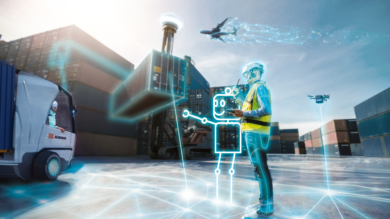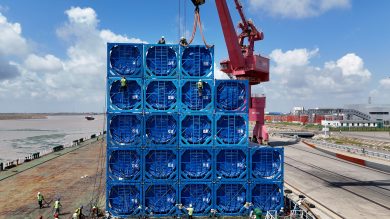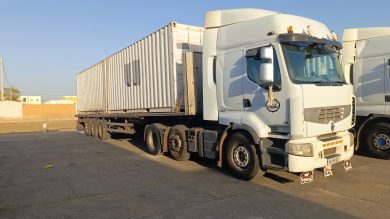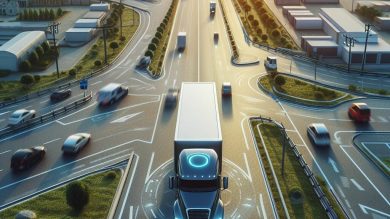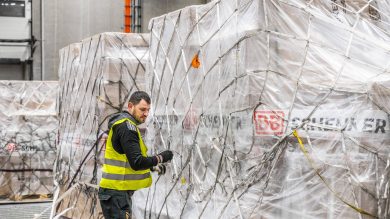Imagine a child pointing at a ship and calling it a car. They have seen cars, they have seen things that move, so they connect the dots – not quite accurately, but it is a start. This is how both humans and machines learn. Buckle up because DB SCHENKER is going to dive into the world of machine learning.
The relation of machine learning to human learning is quite obvious: In both cases, a lot of information is needed to get gradually better over time. Neither a fresh-born human nor a machine learning program can do such tasks without any training. If you don’t teach an image classifier the difference between a vessel and a car, it would probably make the very same mistake.
From Pixels to Puppies: How Machines See the World

Machine learning is a way of problem-solving that is different from classical programming. Take image recognition: a picture to us humans is a seamless image, but for machine learning models it is a matrix of numbers representing pixel colors. While a programmer might write specific rules to identify an object, machine learning allows the computer to “learn” by analyzing vast amounts of data. This leads the computer to improve its ability to recognize objects, like identifying a dog in a photo, just by processing the numerical data. At DB SCHENKER, we are looking into the potential of these learning models to automate complex tasks in logistics and streamline operations. But before diving into a use case, let’s explore the core concept behind the powerful AI technology.
AI Family Tree: Where Machine Learning Fits In
So, how does this relate to the “artificial intelligence” everyone talks about? There are (at least) two notions of “artificial intelligence”, a broad one and a narrow one. The broad one says “artificial intelligence” is just the study of systems that can sense, reason, and adapt. In that notion, machine learning is just an aspect of artificial intelligence. The narrow one uses “artificial intelligence” as a term for the latest generation of learning models that become more and more human-like.
The term “deep learning models” often refers to generative models capable of creating content (for example, chat-bots), and pre-trained models that can be used for a broad range of tasks. These pre-trained models can handle various tasks without extensive specific training, and sometimes even excel at unexpected challenges with minimal guidance (few-shot learning). In that notion, artificial intelligence is either a new form of machine learning (so, a subset) or even seen as a “competitor” solution drawing a clear line to the traditional machine learning algorithms.
Machine learning at DB SCHENKER
These tasks appear everywhere in the daily work of logistics. This is why machine learning can be applied in all kinds of work and business processes, and DB SCHENKER is actively researching and testing with data scientists in many application areas. In the previous posts, DB SCHENKER has already demonstrated applications like Hub Inbound Prediction (HIP). Based on several pieces of information available for a shipment (size, origin, day, and time of arrival) and other information such as ground handling agency utilization, DB SCHENKER developed an AI-based machine learning model to predict the required ground handling time. This ground handling time is defined as the time difference between the Arrival (ARR) and Notified event (NFD).
A Random Forest regression model was implemented to predict NFD events based on shipment properties. The model was trained on a dataset of historic shipments (i.e., past shipments with known ARR and NFD events) to calculate automated NFD predictions for new shipments. To determine this, the model itself predicts ground handling time for each shipment. This time is then added to the expected or actual arrival time of the plane to generate the NFD event. To ensure model accuracy, it undergoes weekly retraining using updated historical data.
This underscores the core principle of machine learning: continuous learning through training on fresh data.
Published: August, 2024




